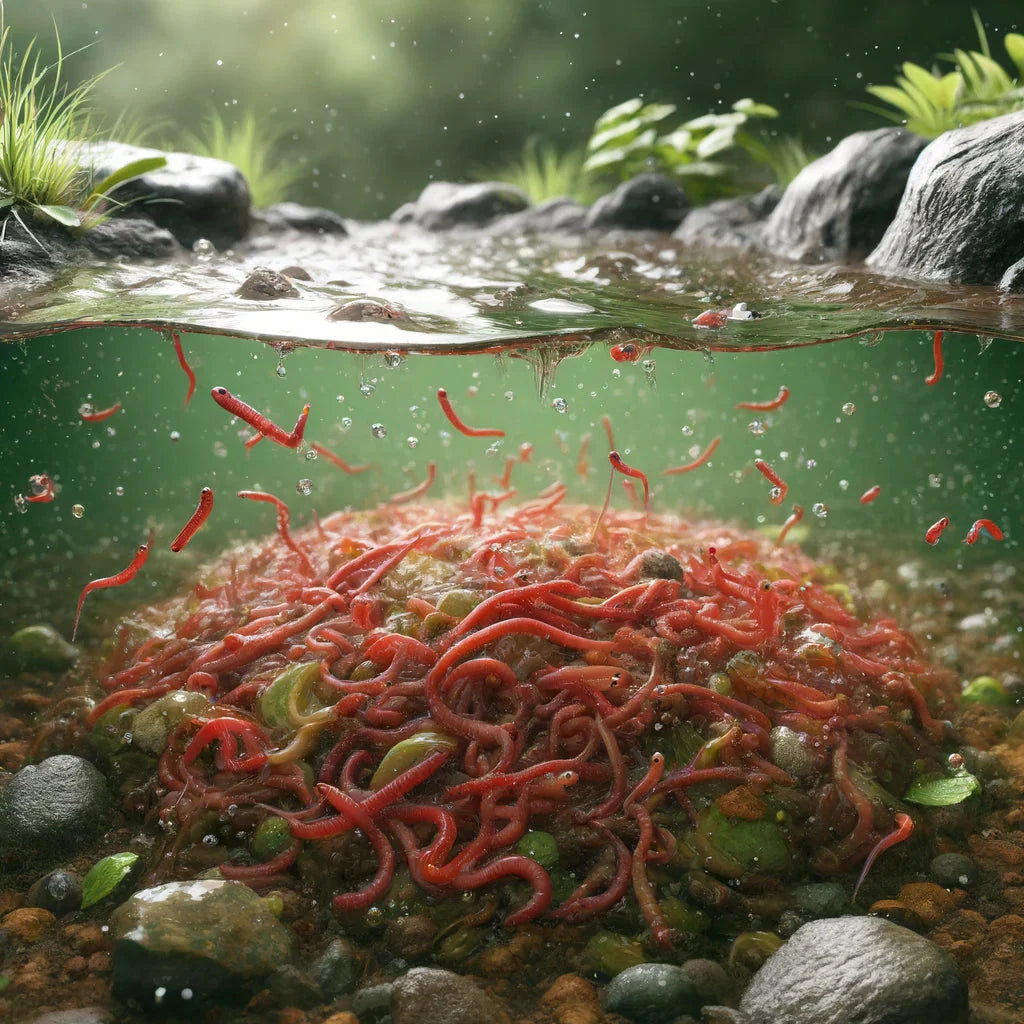Red wigglers: For organic gardening
Red wigglers: For organic gardening
Blog Article
Using Red Wigglers for Reliable Organic Waste Disposal
Making use of red wigglers for natural waste disposal offers a compelling approach to taking care of food scraps while promoting environmental sustainability. These worms not just improve waste disintegration yet likewise yield important worm castings, which can considerably boost soil health and wellness. Their capacity to refine big quantities of organic product with minimal initiative positions them as an accessible service for houses and neighborhoods alike. Comprehending the subtleties of setting up an effective worm container and preserving an optimal environment is essential for maximizing their advantages. The next actions in this process may stun you.
Benefits of Making Use Of Red Wigglers
Among the most engaging benefits of using red wigglers for organic garbage disposal is their exceptional efficiency in composting. These worms, medically called Eisenia fetida, are especially adapted for breaking down organic materials, allowing them to process waste as much as twice their body weight each day. This rapid decomposition not just increases the composting process yet additionally creates nutrient-rich worm castings that considerably enhance dirt quality.
Additionally, red wigglers add to a reduction in landfill waste. By diverting natural materials from landfills, they help reduce methane exhausts-- a powerful greenhouse gas. This environmental benefit is vital in the fight against climate modification.
Additionally, red wigglers are low-maintenance and can grow in numerous atmospheres, making them easily accessible for both newbie and knowledgeable composters. Their ability to duplicate promptly guarantees a constant populace, promoting ongoing waste handling.
Establishing Up Your Worm Container
Developing an effective worm bin is important for maximizing the benefits of composting with red wigglers. Make certain the bin has sufficient drain openings to avoid excess wetness, as red wigglers prosper in a damp however not soaked environment.
(Red Wiggler Express Hickory NC)Following, prepare the bed linen material, which serves as the worms' environment and food resource. The bin needs to be put in a dark, temperature-controlled area, ideally between 55 ° F and 77 ° F, to preserve worm task.
When the container is established up, introduce the red wigglers, permitting them to adjust to their brand-new environment. A well-maintained container will certainly not only support the health and wellness of the worms but likewise help with effective decomposition of natural waste.
(red wiggler fishing worms)
What to Feed Red Wigglers
An understanding of the proper diet plan for red wigglers is essential for preserving a healthy worm population and maximizing composting performance. Red wigglers grow on a diverse diet that primarily contains natural materials. Perfect food sources include veggie scraps, fruit peels, coffee grounds, eggshells, and shredded paper. These items not only supply crucial nutrients however likewise add to the wetness balance within the worm bin.
It is vital to avoid specific foods that can hurt the worm population. Red wigglers ought to not be fed meat, milk products, oily foods, or processed products, as these can attract pests and create undesirable smells. red wigglers. Additionally, citrus fruits and spicy foods need to be decreased, as their acidity can be destructive to visit homepage worms
Monitoring the worm container for food usage rates will certainly assist ensure that red wigglers are getting an adequate diet while keeping a reliable composting setting. Proper feeding techniques are essential for promoting a thriving ecological community within the worm container.
Maintaining Your Worm Environment
A properly maintained worm habitat is crucial for the health and productivity of red wigglers. To guarantee optimal problems, it is vital to keep track of temperature, moisture, and oygenation within the worm container (red wigglers).
A good regulation of thumb is to preserve moisture at around 70% to 80%. If the bedding comes to be too wet, it can lead to anaerobic conditions that are hazardous to the worms.

Utilizing Worm Spreadings in Horticulture
Rich in nutrients and advantageous bacteria, worm castings work as a phenomenal organic fertilizer for horticulture. Generated with the digestion processes of red wigglers, these spreadings consist of an array of essential nutrients, consisting of nitrogen, phosphorus, and potassium, which promote durable plant growth. Unlike artificial fertilizers, worm spreadings offer a slow-release device, guaranteeing that nutrients are offered to plants over a prolonged period, therefore decreasing the threat of nutrient leaching and soil depletion.
In addition to nutrient web content, worm castings boost dirt structure and aeration, improving dampness retention and water drainage. The microbial life present in worm spreadings aids to suppress virus and promotes a healthy dirt ecological community, additional benefiting plant wellness. When included into the soil or used as a top clothing, worm spreadings can dramatically increase seed germination prices, root growth, and overall plant vigor.
For optimal results, gardeners ought to apply worm castings at a rate of 1-2 inches per square foot, mixing them into the soil or incorporating them right into potting blends. On the whole, making use of worm spreadings is a green strategy to improving dirt fertility and guaranteeing flourishing garden settings.
Conclusion

Report this page